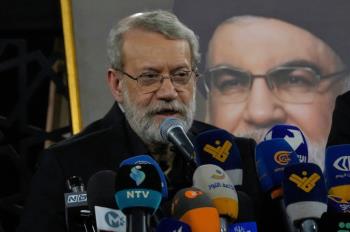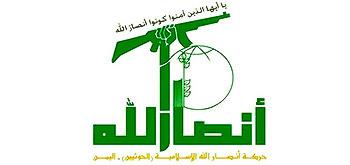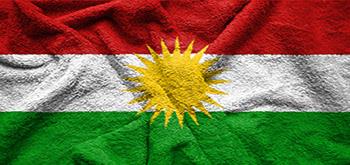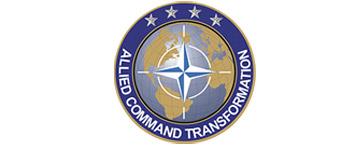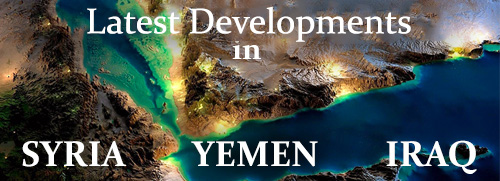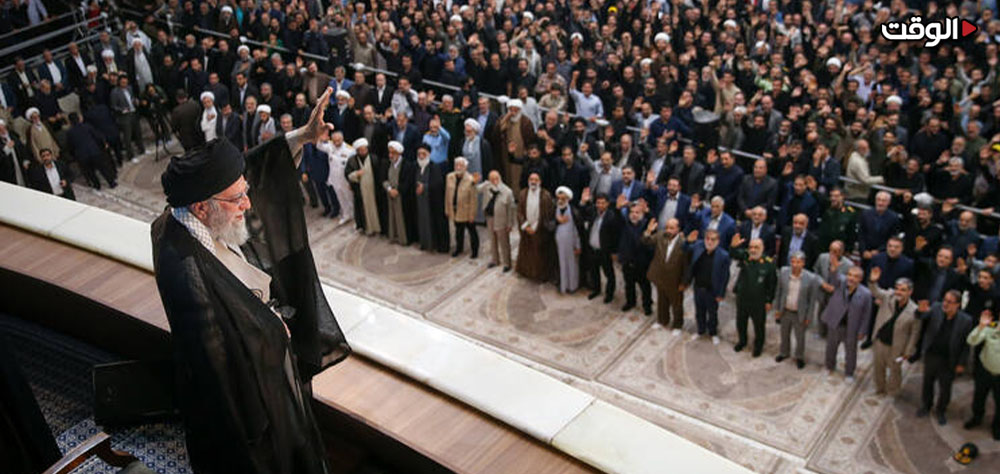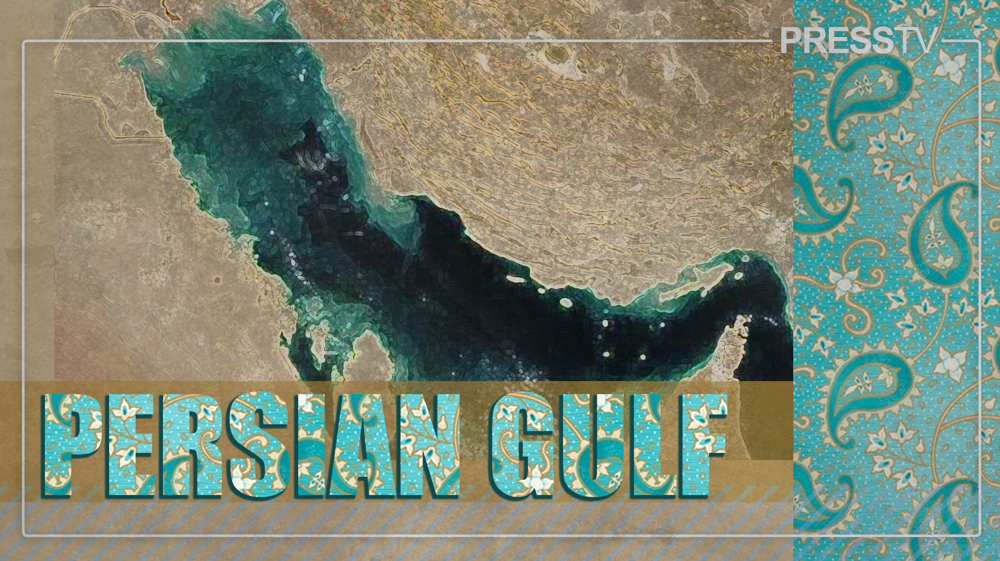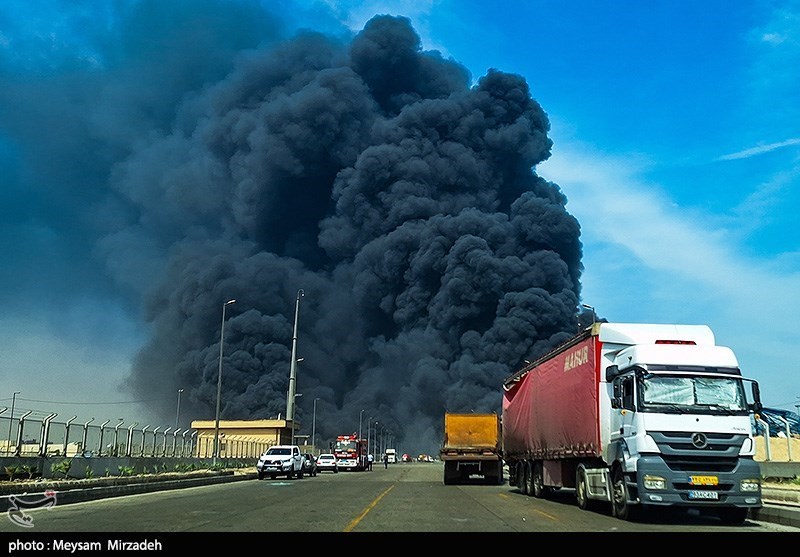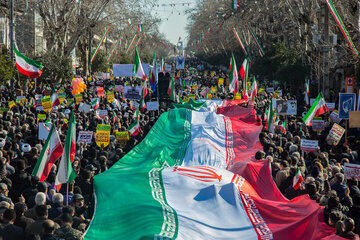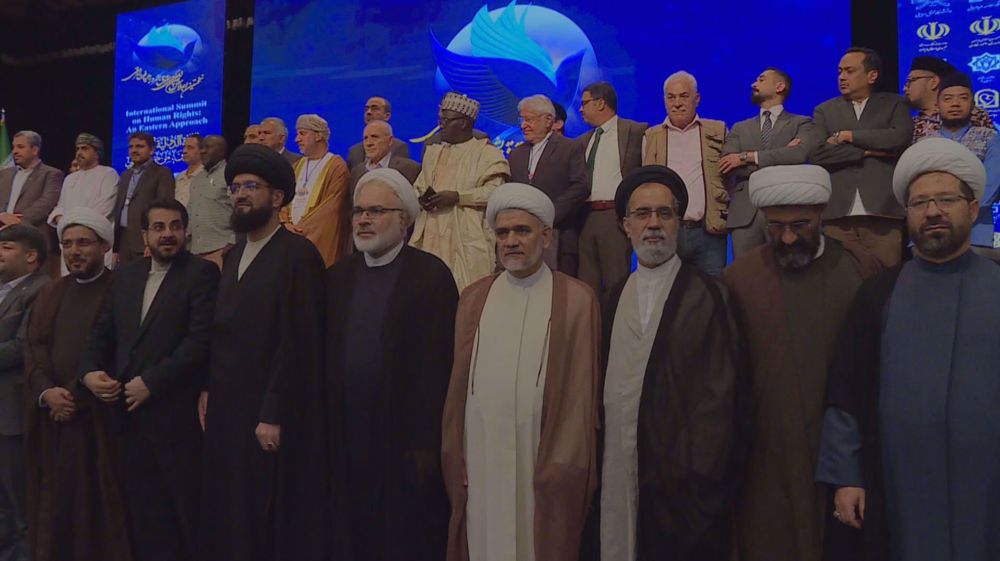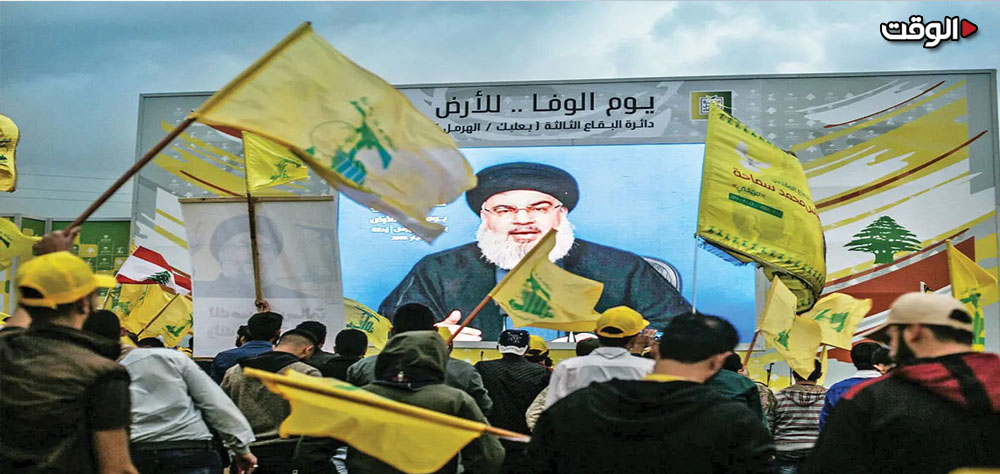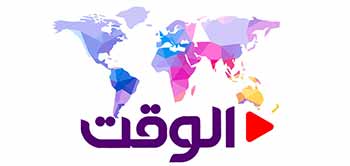Alwaght- Earlier in June and a few days before the Israeli war on Iran, the Iranian Intelligence Ministry unveiled a complicated operation that led to transferring to the country a large number of documents on the Israeli military and nuclear programs.
Now and about three months after that announcement, the ministry aired an official report unveiling further details from this triumphant operation. An Iranian intelligence ministry documentary has reported access to "millions of pages of classified documents" from the Israeli regime's sensitive and strategic centers. Analysts believe this massive haul has now likely been processed, decrypted, and analyzed, transforming it into a valuable asset for political, intelligence, and even military-operational exploitation.
The published documentary suggests that the obtained files contain information on nuclear and military facilities, detailed maps and images of secret sites, the identities of 189 nuclear and military scientists and experts, and even data on Mossad's espionage activities against international figures linked to the nuclear agency.
The broadcast of documents and images—including sections related to the Dimona facilities and the public identification of scientists involved in the military-nuclear program—triggered widespread coverage in domestic and international media. It simultaneously raised serious questions about the scale of Israel's security vulnerabilities.
Furthermore, the timing of this disclosure, coinciding with the approaching anniversary of Hamas attack on Israel and Tel Aviv's major intelligence failure at that time, has amplified the psychological and propaganda impact of the event.
This now raises a critical question: What is the full scope and potential consequence of such a massive intelligence breach? The following analysis examines the fallout across four key areas:
1. Intelligence and security vulnerability and psychological costs for Israelis
Publishing details of the sensitive and secret Israeli documents is a clear example of stark vulnerability within the Israeli intelligence against cyber attacks, human penetration operations, or a combination of the two.
Intelligence Minister Ismail Khatib personally appeared in the documentary, emphasizing that the operation's success was not solely due to cyber tools but was also achieved by utilizing "human sources within the occupied territories."
This disclosure carries a powerful psychological and propaganda impact, emerging amidst heightened informational and political tensions following the 12-day war. It is poised to undermine the Israeli public's trust in the capabilities and claims of the regime's intelligence and security agencies and further deepen domestic political divisions.
The effect of this revelation is intensified by its timing, as public debate continues over the intelligence failures of the October 7 attack. Furthermore, despite nearly 3 years of relentless war and operating with extensive resources and freedom of action in devastating Gaza, the regime's military has failed to locate the prisoners and secure their release. This failure amplifies the impact of the leak and increases its potential for political exploitation, both domestically and internationally.
2. Enhancing Iran's intelligence bank and transforming it into a strategic lever in future confrontations
Obtaining the documents of nuclear facilities, maps, and indices of strategic targets allows Iran to build a precise intelligence bank of vital targets, and logistical and human network of Israel. This structured intelligence could be used to design targeted strikes—both cyber and physical—raising the strategic cost for the opposing side of continuing its military operations. The experience of the 12-day war demonstrated that precise information on critical targets, such as key infrastructure and weapons depots that sever logistical supply lines, can rapidly shift the battlefield equation. The deployment of such intelligence archives could redefine mutual deterrence and the strategic calculations of both sides in future scenarios.
In this context, and although there has been no official comment from the Islamic Republic, the possibility exists that the acquired data was utilized in the missile attacks under True Promise III operation against sensitive targets during the war. The destruction of the regime's strategic facilities in Be'er Sheva, in the south of the occupied territories, for instance, left its leadership and media in a state of shock and disbelief, hinting at the potential application of this intelligence.
3. Causing terror and distrust among scientists, experts, and military personnel
Revealing the identity of the scientists, experts, and military personnel, including the air force pilots, imposes a heavy psychological pressure on these people and their families. This breach poses a direct threat to the personal security of individuals, opens the door to international legal or political prosecution, and significantly increases the regime's protective and operational costs. These consequences could deter participants—both official and contractual—from engaging in sensitive programs, potentially triggering a "brain drain" or forcing a complete overhaul of security protocols.
At an organizational level, the fear of further exposure may complicate and slow down critical projects, necessitate costly additional layers of security, and even lead to the resignation of vital personnel. From a military perspective, if key personnel such as pilots or intelligence officers feel vulnerable, the effectiveness of high-risk operations and sensitive missions is likely to plummet.
4. Undermining the policy of nuclear ambiguity and bringing in international pressures for transparency
Tel Aviv has maintained a policy of nuclear ambiguity for decades to both shield official international condemnations and leverage an unknown deterrence against its regional rivals. The disclosure of documents related to its nuclear and military programs could shatter this veil of ambiguity. If the leaked evidence of covert activities is deemed credible, it would strengthen the legal and political levers for pressuring Israel. International bodies, including the International Atomic Energy Agency (IAEA) and legal institutions, could face increased demands to compel accountability, inspections, and greater transparency from the regime.
This would not only raise Israel's diplomatic costs but also aligns with Tehran's objective of spotlighting the regime's military and nuclear activities as a significant threat to regional and international peace and stability.
5. Regional consequences and impacts on deterrence equation in West Asia
The fallout from this document leak is not confined to Israel's domestic sphere; it has significant regional implications. Neighboring countries—including Jordan, Egypt, and even the Persian Gulf monarchies—which have typically cooperated or coordinated with Tel Aviv on security and intelligence matters, are now confronted with a critical question about how profound the regime's vulnerabilities are. This breach forces them to reassess the risks of over-reliance on its intelligence capabilities.
This situation could alter these nations' security calculations regarding Iran, potentially granting Tehran greater leverage to improve its regional standing and negotiate broader security arrangements.
6. Impacting Israeli relations with its Western backers
Tel Aviv has consistently marketed its information security and impenetrable intelligence capabilities as a cornerstone of its special relationships with Washington and European countries. Should it be confirmed that a vast trove of its confidential data has been compromised and is genuinely in Iranian hands, trust in the security and intelligence partnership with the regime would be severely eroded.
This would necessitate a thorough review of data-sharing protocols and likely lead to a restriction of classified cooperation levels. Such a shift would represent a strategic setback for Tel Aviv.
7. Economic and technological fallouts
The leak of names of the experts, scientific centers, and even private companies linked to the Israeli defense and nuclear programs can bring about high costs for Tel Aviv. On the one hand the Israeli regime has to up its cyber security and physical protection budget and on the other hand some companies or key experts and scientists may scale down work with the government or even think migration for the fear of security threats or international prosecution. This can lead to a gradual erosion of Israeli technological capabilities in sensitive areas.
So far, the Israeli reaction to this major intelligence blow has been a mix of obfuscation, denial, and attempts to discredit Iran's narrative. However, this strategy can only mitigate the consequences in the short term. As time passes and darker aspects of this case come to light, the ensuing scandal is likely to build public and opposition pressure on the government, fueling internal political conflict.


